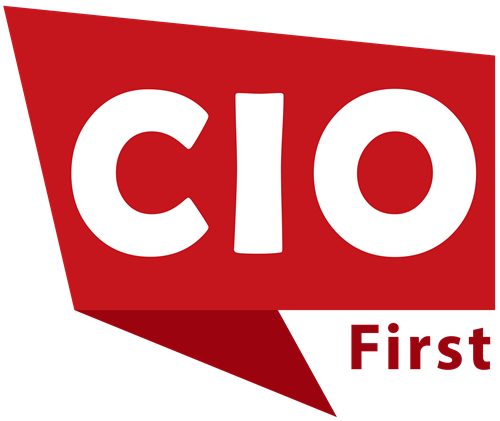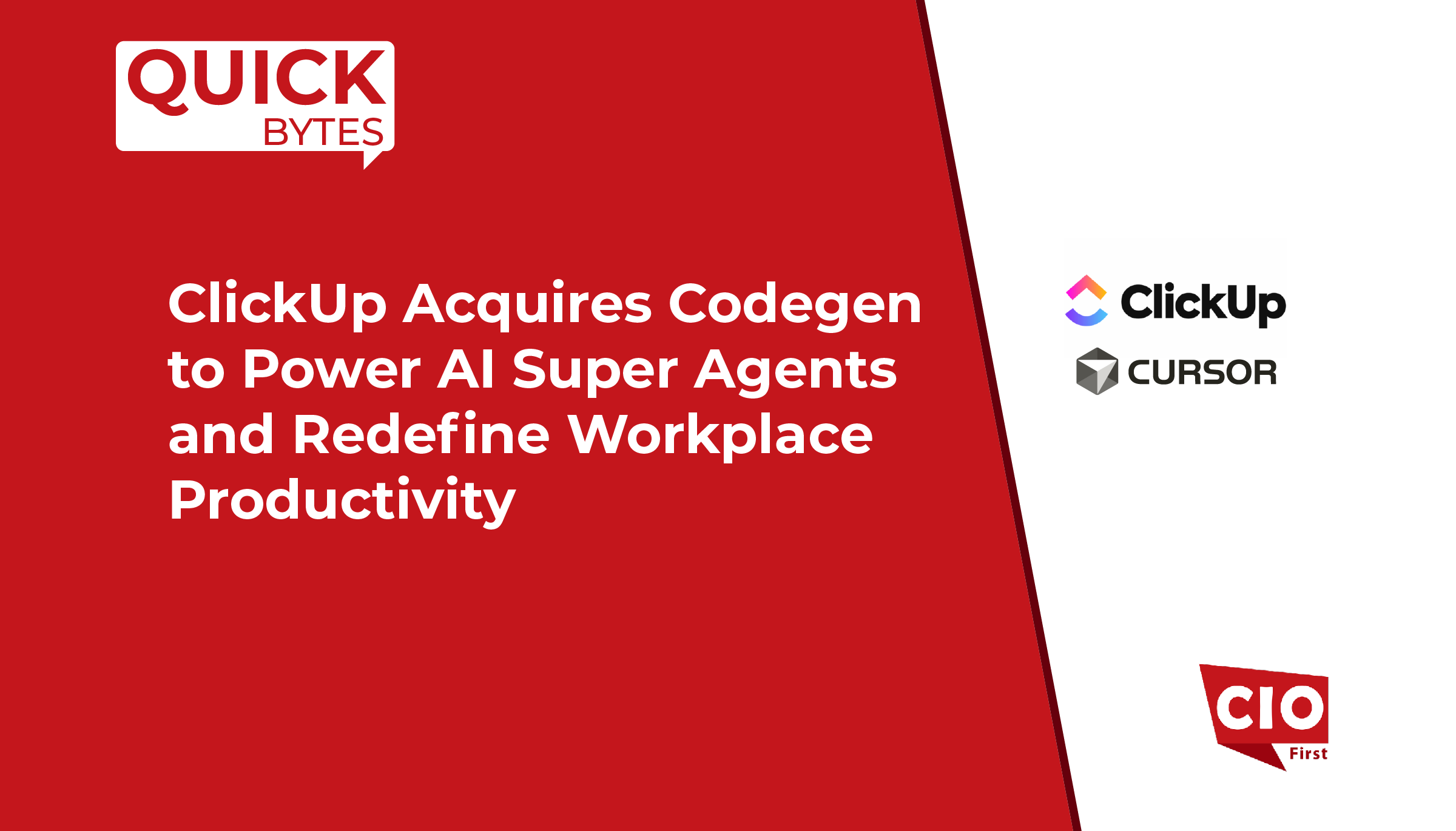PassiveLogic , the category-defining pioneer in generative autonomy, announced it has raised $74 million in Series C funding to scale the company’s vision and meet the global demand for physical AI in our everyday infrastructure. noa, Europe’s largest VC firm for the building industry, led the round, along with new investors Prologis Ventures, Johnson Controls, and PSP Growth. They join existing backers Addition, NVentures (NVIDIA’s venture capital arm), Keyframe, and Brookfield, bringing the total funding to over $125 million.
PassiveLogic is transforming the way buildings and physical infrastructures are designed, operated, and optimized through a novel autonomous control platform.
As physical AI, industrial robotics, and humanoids come of age, PassiveLogic delivers the world’s first “robot of robots” platform that aggregates entire environments: sensors, IoT, systems, energy, infrastructure, and other automations. By extending generative AI beyond the niche of LLMs into the wider world of physical systems, the platform enables anyone to design their own customized autonomous systems and AI agents for the built environment.
The platform manages the entire complexity of building environments—from data centers and hospitals to office towers and industrial sites. Beyond fully autonomous, cross-system wayfinding, it offers next-generation capabilities such as asset tracking, dynamic energy management, digital environmental twins, preventative fault detection, predictive maintenance, physics-based analytics, and adaptive environmental control—enabling holistic system-level intelligence in a space long limited by static, rule-based logic.
The Hive real-time decision engine, powered by an on-site GPU cluster, gives every building function, from HVAC and energy to logistics, a unified intelligent brain. By applying autonomous robotic technologies to infrastructure, PassiveLogic is expanding the existing building automation market ( $191 billion by 2030 ) and forecasts a $1.3 trillion global autonomous building market.
Also Read: Omneky Unveils Interactive AI Video Suite to Turn Products into Data-Driven Ads
“As an early investor, we recognized PassiveLogic’s potential to redefine automation for the physical world,” says Gregory Dewerpe, founder and managing partner of noa. “Their platform isn’t just about saving energy, it’s also about giving buildings the ability to understand themselves, adapt, and act autonomously. This is the kind of foundational technology the building world has been missing.”
“PassiveLogic delivers the kind of innovation we seek—not just as investors, but also as operators. Their platform brings true autonomy to building systems, enabling smarter, more efficient, real-time control across the entire environment,” said William O’Donnell , global head of corporate development and growth at Prologis. “We’re excited to support the team and add this technology to our portfolio so we can operate even smarter at scale.”
“Buildings are responsible for nearly 40 percent of global carbon dioxide emissions, yet most are still controlled by outdated systems developed in the 1990s,” said Troy Harvey , co-founder and CEO of PassiveLogic. “With this funding, we are accelerating the adoption of true autonomy for the building world, enabling systems that are not only more energy-efficient but also fundamentally smarter, safer, and more responsive in all aspects of operation.”
PassiveLogic’s ecosystem includes its flagship product, Hive, which leverages physically based digital twins and real-time AI models to make independent decisions in milliseconds; Sense Nano, a wireless sensor for collecting real-time occupancy and environmental data; and Quantum Lens, a mobile app that allows users to create a fully defined digital twin of any building using only a smartphone. Together, these tools support a scalable architecture that seamlessly adapts to new construction and retrofits across a wide range of facilities.
Source: PRNewswire
























